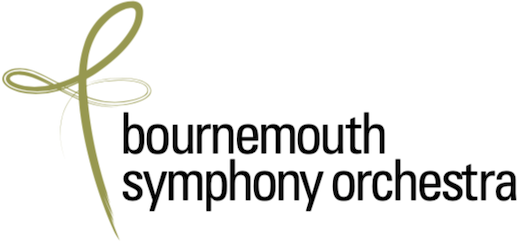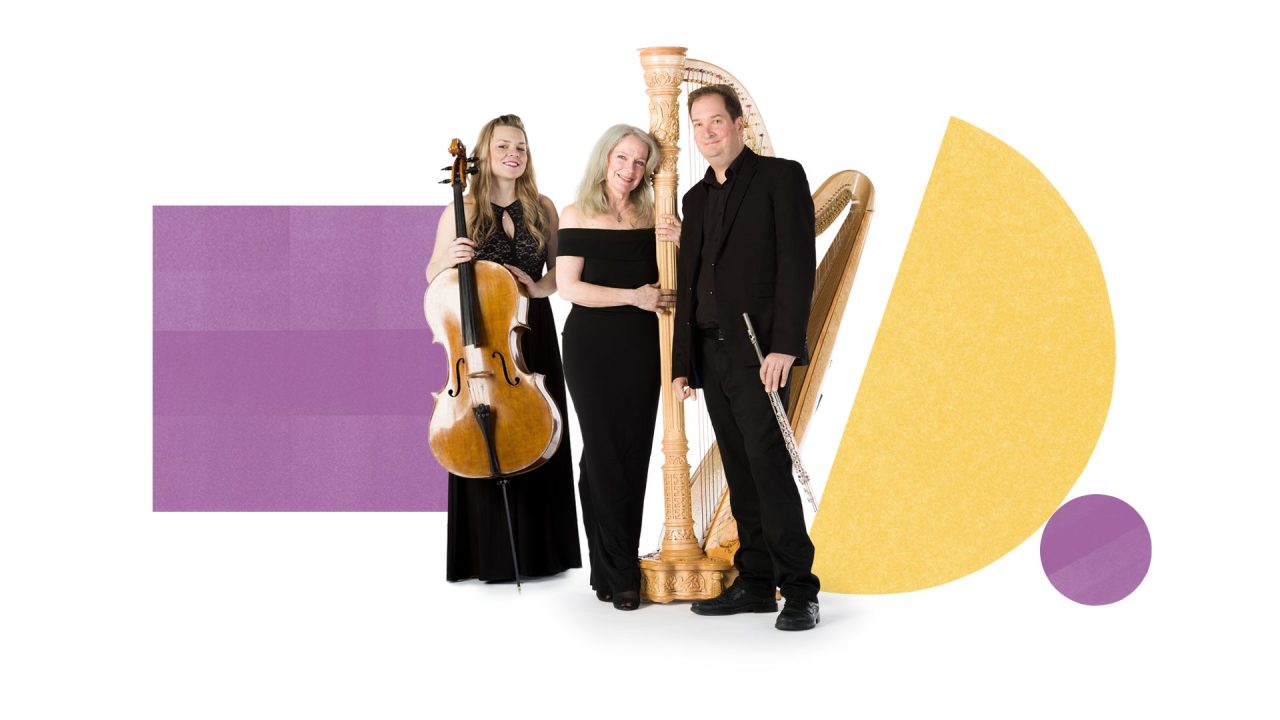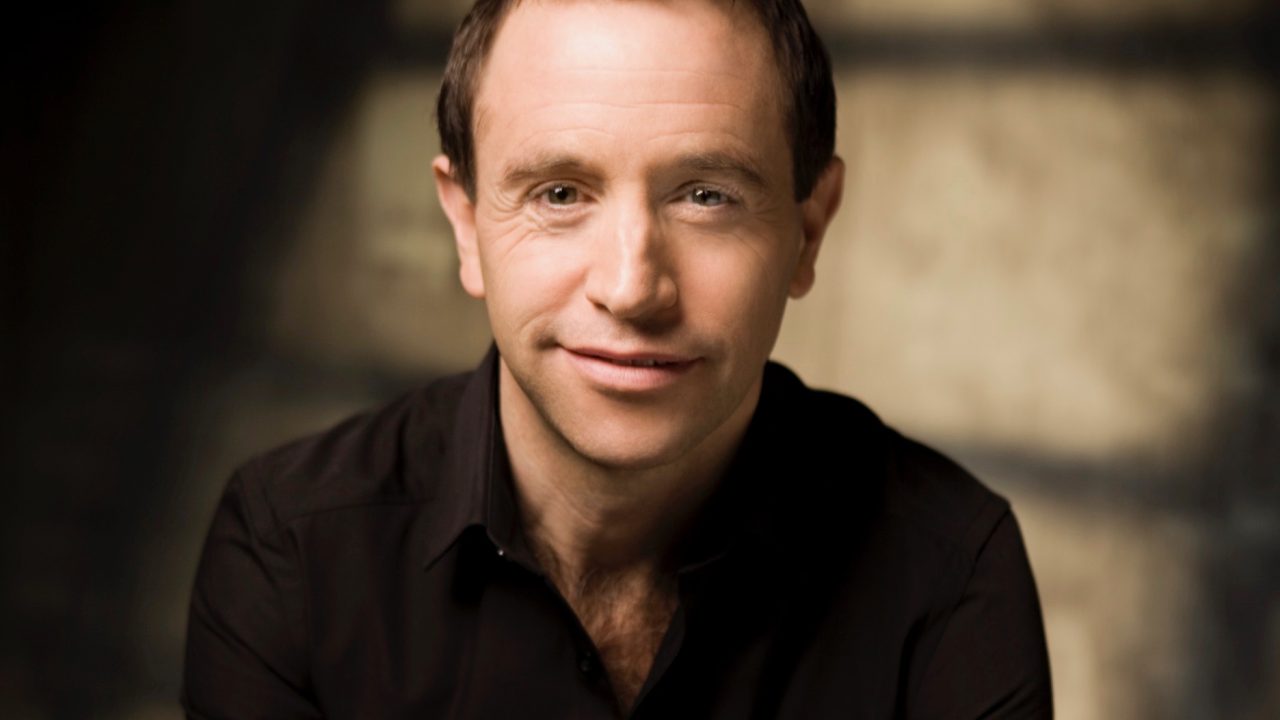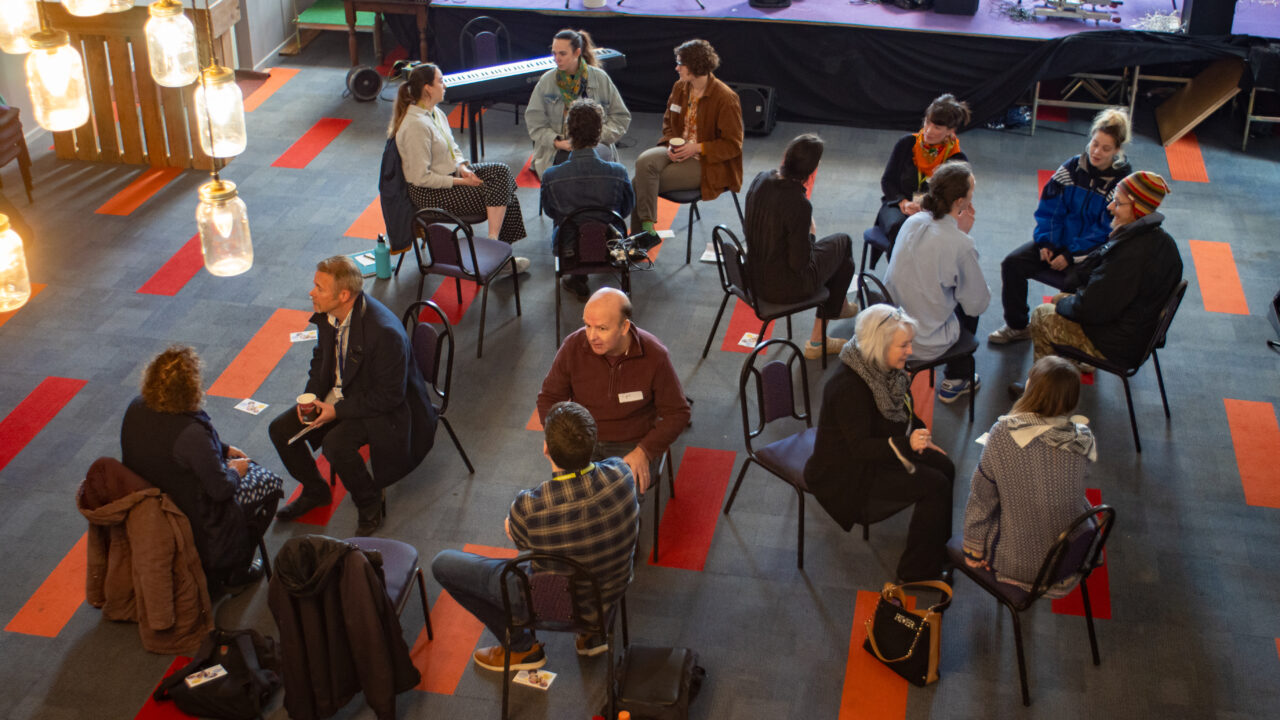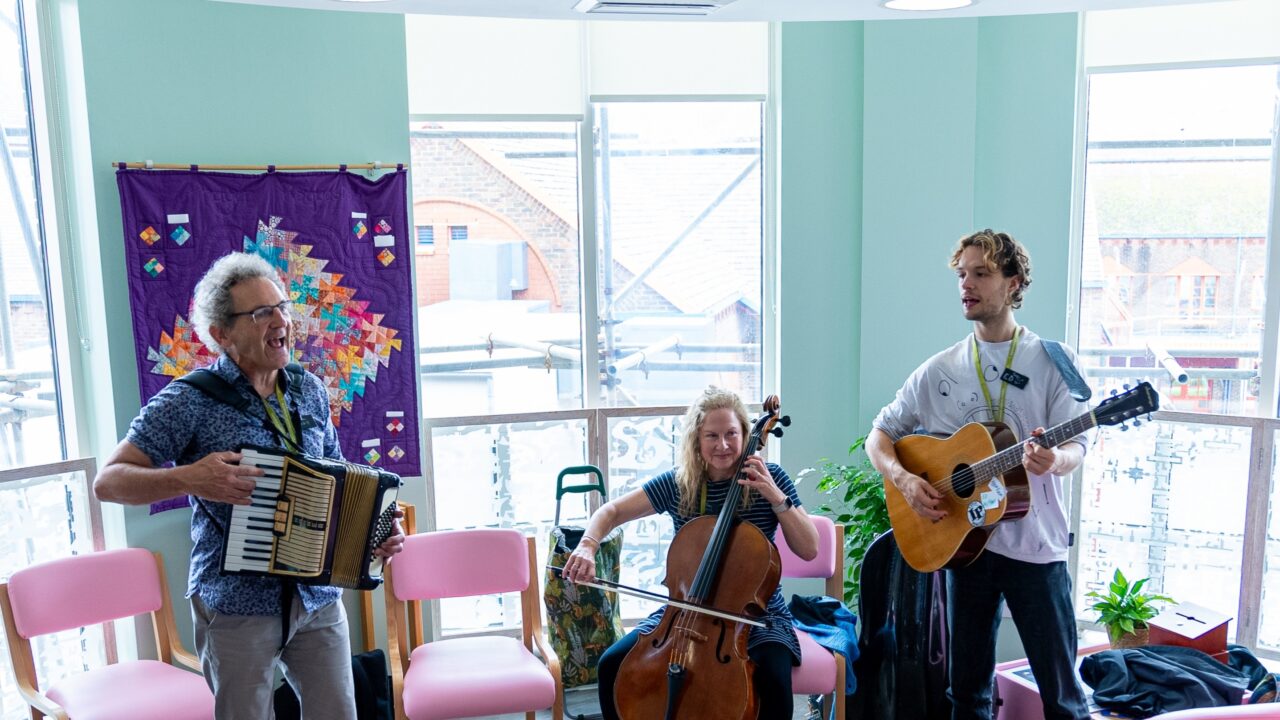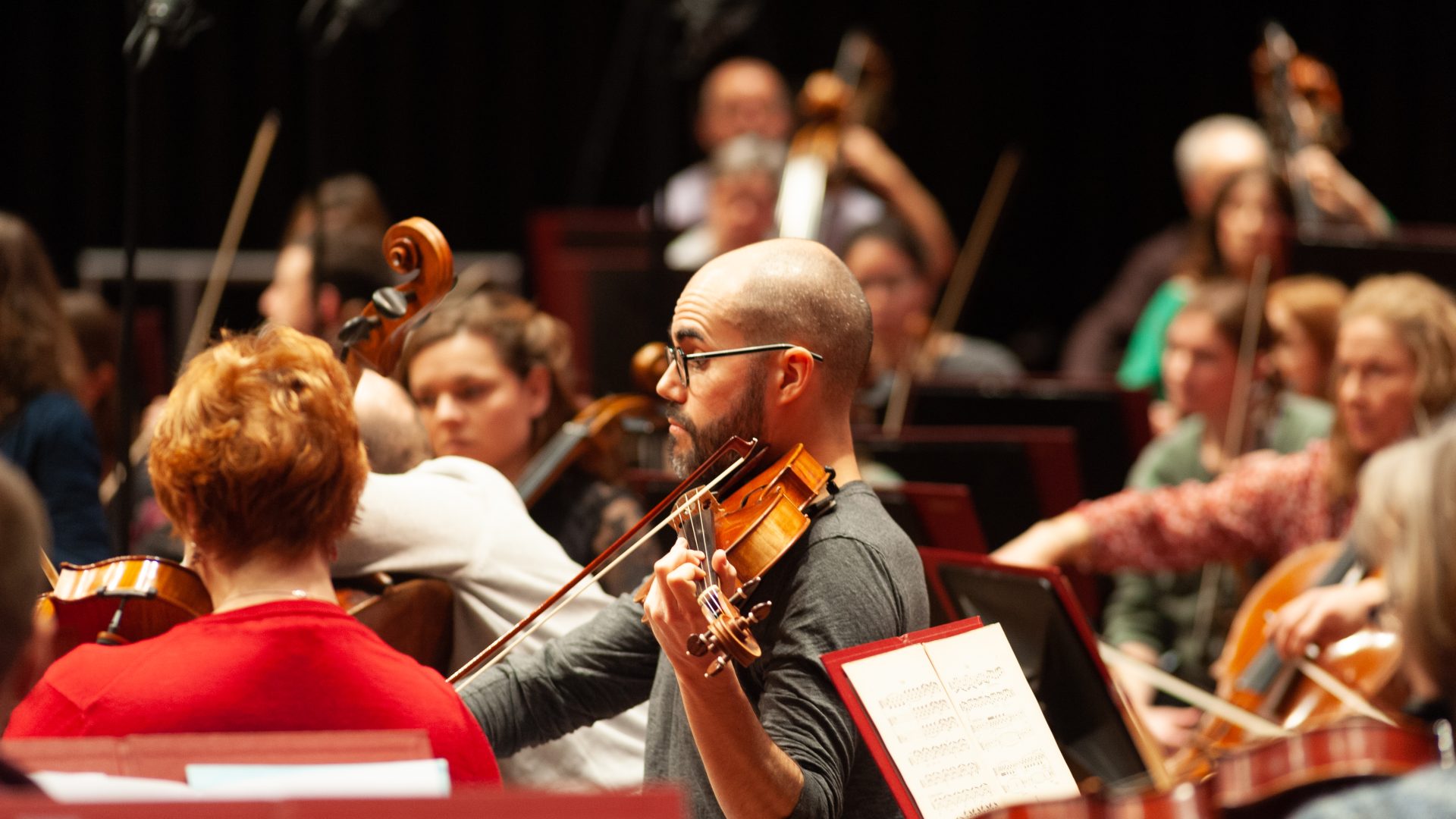It’s doubtful that even the conductor and composer’s own introduction from the podium to their new BSO commission in the exploratory Voices From The East concert series prepared the audience for the opening section of the Ukrainian Anna Korsun’s new work Terricone. The title refers to the artificial mountains of mining waste that proliferate in much of the Donbas region’s landscape. Only her second work to be composed since the invasion, the melée of extraordinary sounds of chaos and terror literally shrieks of sustained violence to and from both the human and natural worlds.
The scathing initial assault recedes skywards via a gradual diminuendo that moves towards a more conventionally pitched soundscape of clarity and isolation disturbed by snatches of anguished birdsong. This is to be no Lark Ascending however – the music quickly fragments and descends back into primeval murk and earthly turmoil to be cut off with just a final stutter of hope for the survival of Nature, but seemingly too late for humankind.
Akin to looking too deeply at Edvard Munch’s The Scream, Korsun’s Terricone resonates and compels with a sustained traumatic shock similar to that which incited the Parisian audience to riot at the premiere of The Rite of Spring in 1913 just before the First World War. Its evocation of natural disorder and human barbarism is ferocious and uncompromising, but demands to be heard.
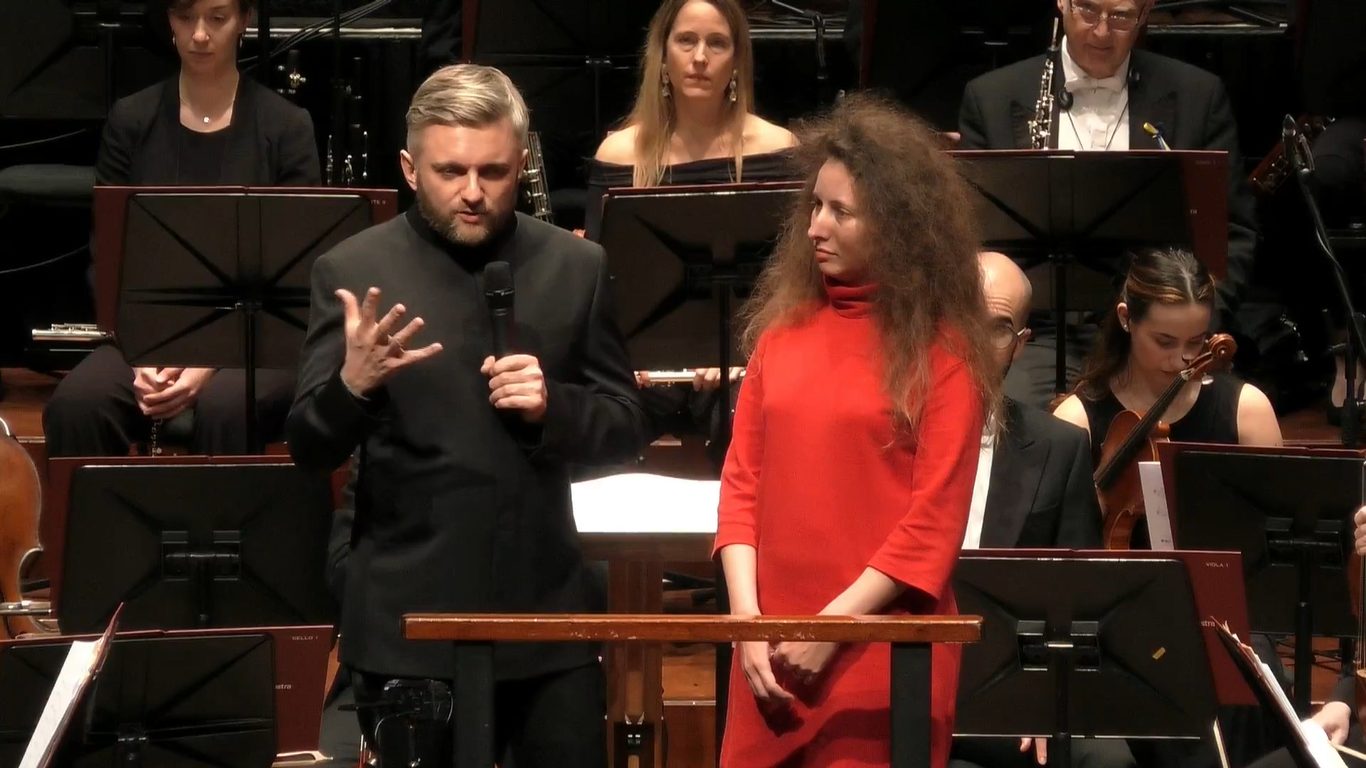
Kirill Karabits and Anna Korsun introduce ‘Terricone’ from Lighthouse, Poole
Major and expertly achieved platform rearrangement allowed some much-needed deep breaths to be taken before Glière’s Horn Concerto. First performed in 1951 with beautifully crafted thematic material and orchestration, the concerto harks back to an era 40 years before its time. The late-Romantic style draws much inspiration from his contemporary, Richard Strauss, who composed his popular Horn Concerto No.2 as late as 1942. The solo parts of both require long-drawn breath control, lyrical legato phrasing and flexible rubato as well as virtuosity. All second nature to horn expert Strauss, but less so to Glière, who opts for solo music conceived more in terms of the violin rather than the valve horn.
Horn supremo Felix Klieser coped with the demands, with the composer’s inherited Tchaikovskian idiom really springing to life when he was able to combine with the opulence of the full orchestral sections, especially in the central Andante.
The encore of Rossini’s Rendez-vous de Chasse arranged from the composer’s original four horns for just one allowed some redress with evocative and brilliant evocations of the hunt resounding to all four corners of the hall.
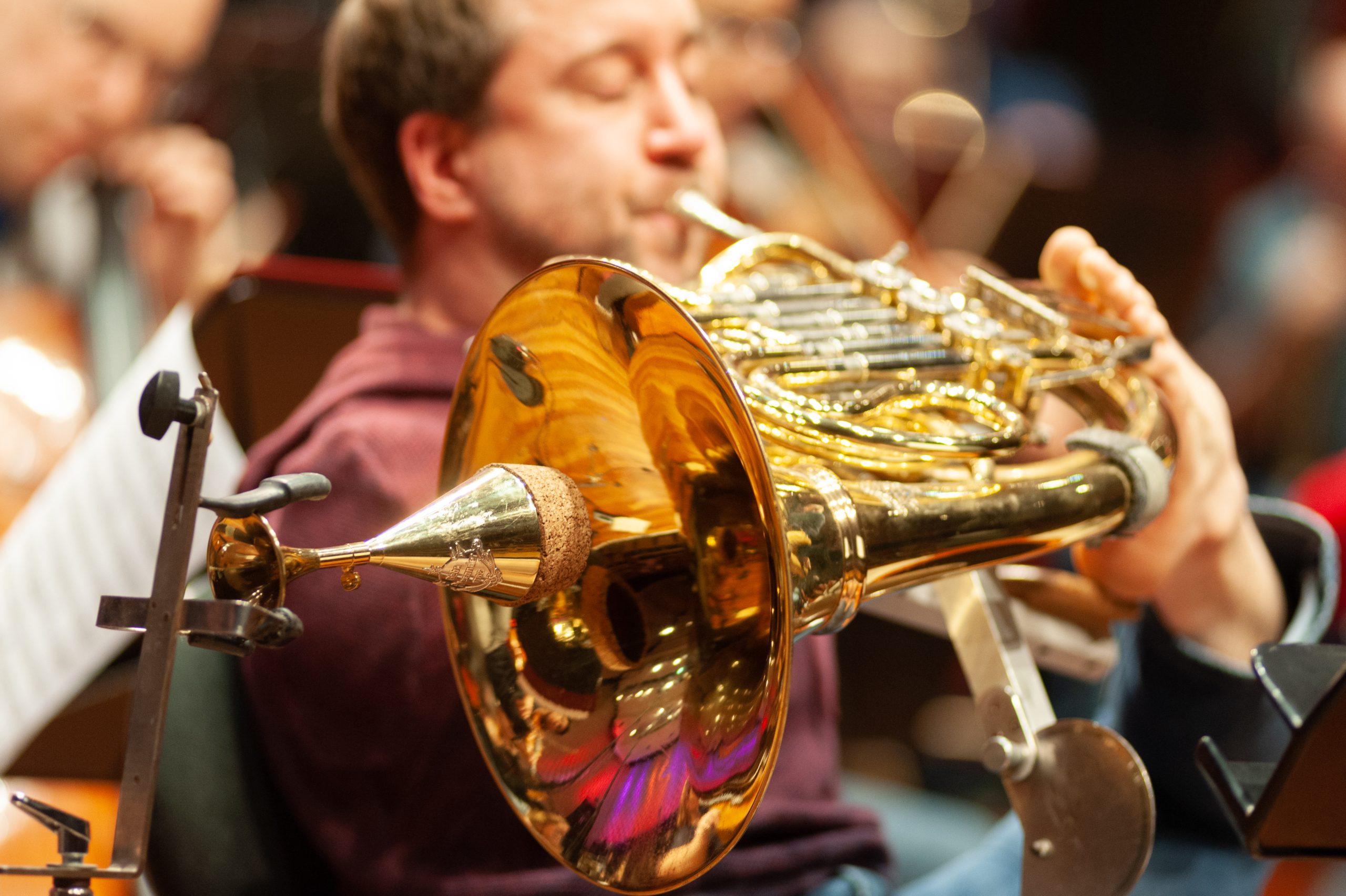
Horn player Felix Klieser in rehearsal
Onwards and upwards to Scriabin’s rarely heard Symphony No.2 with Kirill Karabits clearly on a mission to do justice to a work he’s only performed once before. From bar one, the shared energy between conductor and orchestra spoke of intuitive idiomatic channelling, not only validating the considerable strengths of the symphony itself, but also signposting the composer’s fast-moving development from his first symphony to germinating the seeds of The Poem of Ecstasy and Prometheus just a few years later. All accomplished with a blazing spontaneity, meltingly transparent orchestral textures across the whole dynamic range and a sureness of rhetoric without bombast throughout. Even the potentially treacherous twists, turns and abrupt pauses in the finale were negotiated with aplomb, allowing the third and final statement of the triumphant victory music to ring true rather than hollow as a coda too many. What could have been Mission Impossible was transformed into Mission Accomplished – composer and symphony resoundingly vindicated.
Ian Julier
We also received reviews from The Times and Bachtrack below:
**** “extraordinary treasures from the east” The Times
**** “…a performance of tremendous energy […] a highly stimulating concert.” Bachtrack
